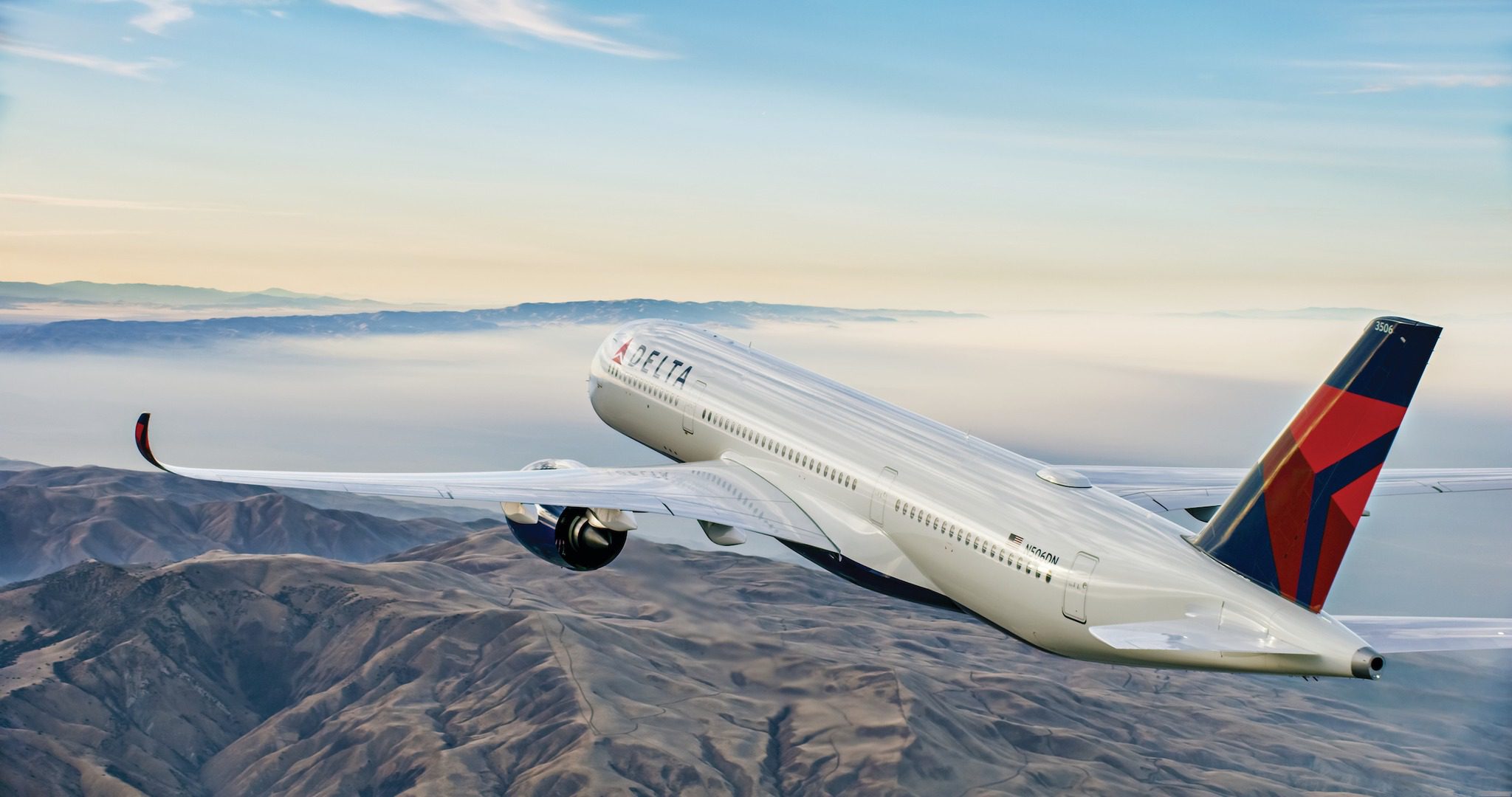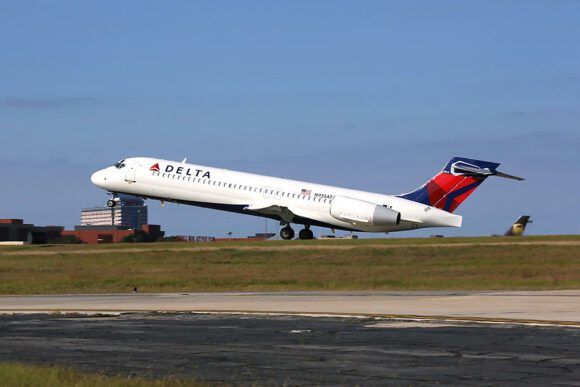
279419900 5510483055637498 4818887045830174960 n
UPDATE – Record-high revenues for the September quarter haven’t translated into a likewise record-high net result for Delta Airlines. The airline reported a $695 million net profit for Q3, almost half that of the same period last year as it saw expenses soar, it said on October 13. Record revenues but lower Q3 profit for Delta Airlines.
CEO Ed Bastian is happy with the record quarterly operating revenues of $13.975 billion, of which $11.5 billion is from passengers and $240 million from cargo. This compares to $9.154 billion for Q3 2021, of which $7.2 billion from passengers and $262 million from cargo. Adjusted revenues were up three percent and unit revenues were up 23 percent over 2019, the year that Delta continues to use as its baseline in its reporting. Capacity was 83 percent.
After the strong recovery of the US domestic market in the past year, it is international traffic that’s catching up rapidly now. International unit revenues outpaced domestic for the first time since the start of the pandemic in 2020, thanks to strong demand for transatlantic flights to Italy, Spain, and Greece. Transatlantic capacity was 89 percent in Q3 and should exceed 2019 levels in the final quarter of the year. Recovery of the Pacific is also satisfying, with strong demand to Korea and Australia, and should further improve as Japan further re-opens. President Glen Hauenstein remarked that the market in 2022 is a different one compared to 2019: “Although the aggregates are now above 2019, where people are flying and what they are flying is very different. So we will focus on seeing opportunities and capitalizing on them in 2023 as we move forward with our rebuild.”
Premium travel leads the way
Premium travel remains strong and was up eight percent over 2019. Premium and other diversified revenue streams accounted for 54 percent of all revenues and the airline is very confident that it will get to sixty percent in Q4. Corporate travel is recovering since Labor Day and is now at eighty percent of 2019 levels and is expected to grow to low to mid-eighties in the December quarter.
On the downside are higher expenses, which rose to $12.5 billion versus $6.9 billion in Q3 last year. Fuel expenses were up to $3.3 billion compared to $1.6 billion in 2021, but staffing costs and ancillary expenses were also higher. This resulted in an operating profit of $1.456 billion and an adjusted operating margin of 11.6 percent, compared to $2.205 billion last year. Hurricane Ian had a financial impact of $35 million in September, with a similar impact expected for October from cancelations and bookings.
The net profit of $695 million compares to $1.212 billion for the September quarter of 2021. Operating cash flow was $869 million, up from $151 million last year. Looking at the nine months’ result, Delta reported a $489 million profit (2021: $688 million), total revenues of $31.1 billion ($20.4 billion), and total operating expenses of $35 billion ($18.8 billion).
Delta intends to bring its Boeing 717s back into service next year. The airline has 65 of them. (Delta Airlines)
Improved reliability and restoring capacity
In July, Delta said it would keep a prudent eye on capacity in Q3 and on operational reliability, having suffered from serious staffing shortfalls and capacity issues in May. Thanks to schedule adjustments and continued hiring and rehiring of staff, the operational reliability/completion factor on the domestic network in August was 99.2 percent, and prior to Hurricane Ian 99.9 percent in September.
In its outlook for Q4, Delta sees a continuous trend towards recovery, with revenues up five to nine percent over 2019 levels ($11.4 billion). Capacity should be restored to 91-92 percent of 2019 levels. Non-fuel unit costs will be up by 12-13 percent, although this is a ten-point sequential improvement as capacity grows. After strengthening its position in coastal gateways in the past year, the priority in 2023 will be with core hubs Atlanta, Minneapolis, Detroit, and Salt Lake City. “Approximately 75 percent of domestic seat growth is dedicated to full restoration of our higher-margin core hubs”, said Glen Hauenstein. This should help to protect and improve market share and get high-yield customers back on Delta aircraft.
Bastian said that Delta plans to have fully restored the network by the coming summer. While its regional carrier still suffers pilot shortages, he is confident that Delta can get regional capacity back in the air. It will bring back its Boeing 717s next year. To fully solve pilot shortages will probably take until 2024 and maybe even 2025. And there are more challenges to overcome: “With record-high fuel prices and increasing costs of capital, the hurdle rate is rising for incremental capacity across an industry that is still restoring its financial position post-pandemic.”
Delta repaid $1.8 billion in finance and lease obligations during the quarter to reduce total net debt to $20.5 billion by late September, but it expects this to go up to $22.5 billion by the end of December. The carrier says it remains on track to reduce net debt to $15 billion in 2024. It has $11.2 billion in liquidity, including $2.8 billion in undrawn revolving funds.
In the media statement, Ed Bastian says: “While demand continues to improve, the recent rise in fuel prices will pressure our ability to remain profitable for the December quarter. As the recovery progresses, I am confident in our path to sustained profitability as we continue to provide best-in-class service to our customers, strengthen preference for our brand, while creating a simpler, more efficient airline.”
Views: 5




